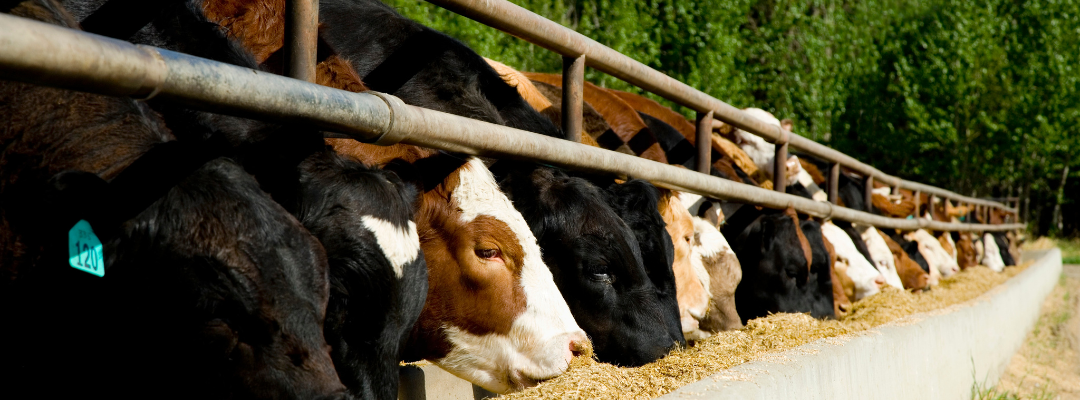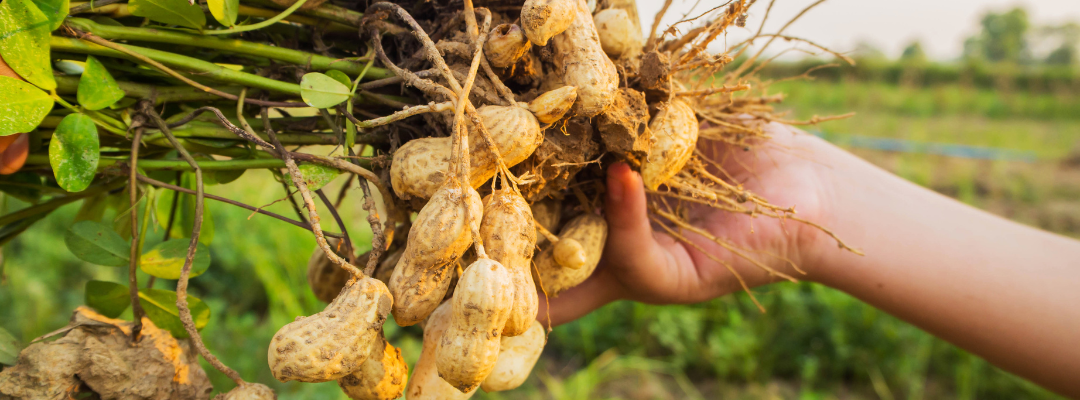Heirs property has become an important topic in agriculture. The term “heirs property,” describes a form of ownership where at least some of the owners have acquired the property through inheritance. As the property passes down through the generations, more and more people are co-owners, making the property unmanageable. As time passes, some owners may not be able to be found or may not be known.
In most states all owners would have to agree to, for example, farm the property. If consensus among heirs is not reached, the on-farm heirs may not be able to obtain a farm number to participate in United States Department of Agriculture programs. When a disaster strikes and landowners seek federal or state government assistance, the inability to prove ownership or have all owners sign can bar any assistance.
If the land is already classified as heirs property, the first task is to identify and locate all persons with an ownership interest, which can be very time-consuming and expensive. Once all owners are identified and located, the farm can be placed in a business entity like a limited liability company, or a co-tenancy agreement can be entered into for easier management. However, all owners need to agree, which can be problematic.
If all owners cannot be identified or located, title must be “cleared”- the proper owners must be determined. In most cases, this process involves a court case. The process of clearing title can be extremely expensive and take years to accomplish.
Any owner of the property can also file a partition suit to have the land either physically divided among the heirs, or sold and the proceeds, after costs, divided among the heirs. As a practical matter, a partition suit most often results in sale of the property.
The latest Farm Bill contains two provisions to attempt to address these issues. First, the bill provides alternative ways for owners of heirs property to obtain a farm number. Second, the Farm Bill provides for a relending program where owners of heirs property can borrow money to clear title and develop business entities or other documents to manage the farm.
Careful estate planning can prevent your property from becoming heirs property. If you own land, consult an attorney to prevent and/or address heirs property issues.
For more information see:
https://www.calt.iastate.edu/article/problem-heirs-property
https://wvleap.wvu.edu/additional-tools/highlight-heirs-property
Richardson, Jesse. “Heirs Property and Agriculture“. Southern Ag Today 2(36.5). September 2, 2022. Permalink









